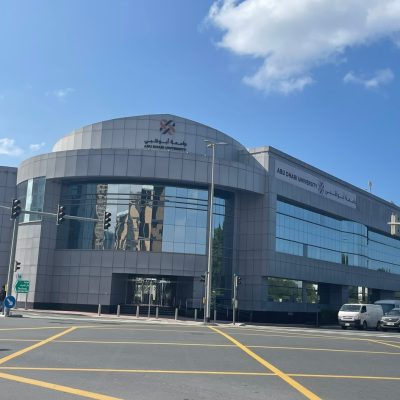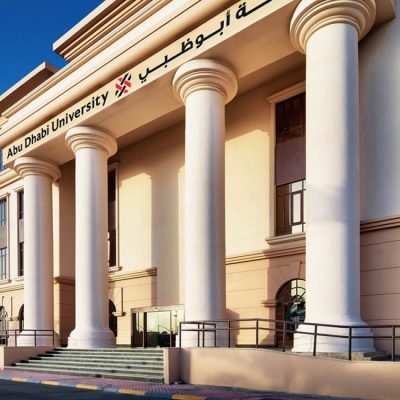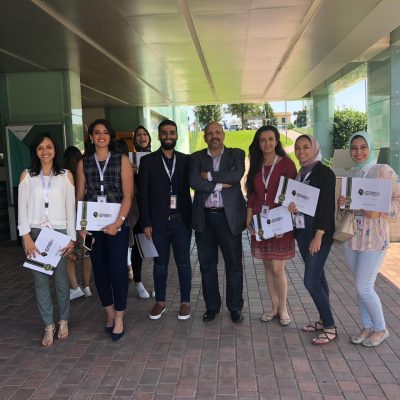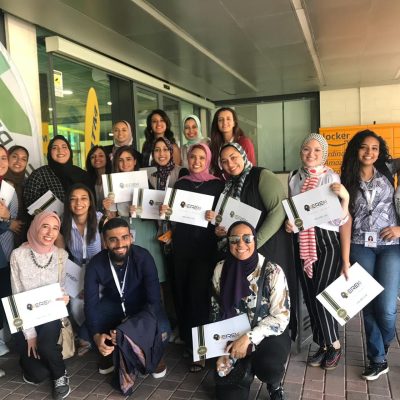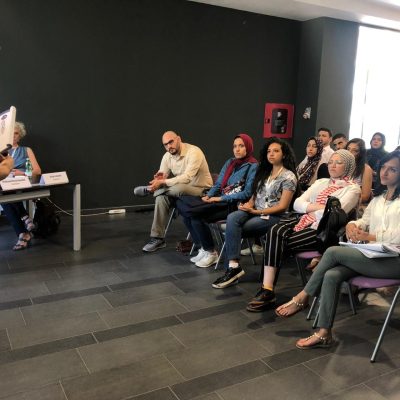Introduction
Space syntax theory aims to elucidate the reasons behind the formation of the built environment in relation to corresponding socio-cultural activities, primarily from a spatial perspective. The network’s configuration serves as the key influencer on the movement patterns, establishing a fundamental connection between spatial structures and their functions. As a quantitative methodology, space syntax delineates spatial layout patterns that illustrate how spatial configuration influences existing movements. It evaluates integration, a concept closely intertwined with accessibility, by describing the average depth of a space concerning all other spaces within the system, thus indicating potential movement destinations that are typically preferred.
Workshop Description
This workshop is designed to enable the participants to analyze, compare, and contrast architectural examples, alternatives, and forecast movement patterns inside buildings.
By the end of the workshop, participants will be able to do the following:
- Understand the spatial configuration of a selected architectural building using Space Syntax;
- Choose the appropriate methods of spatial analysis;
- Analyze the current situation of a selected case study, compare different cases, and forecast any future spatial
Equipment and software
- Using ‘Depthmap’ software and its application to architectural examples
- Using Rhino + Grasshopper for large-scale buildings



